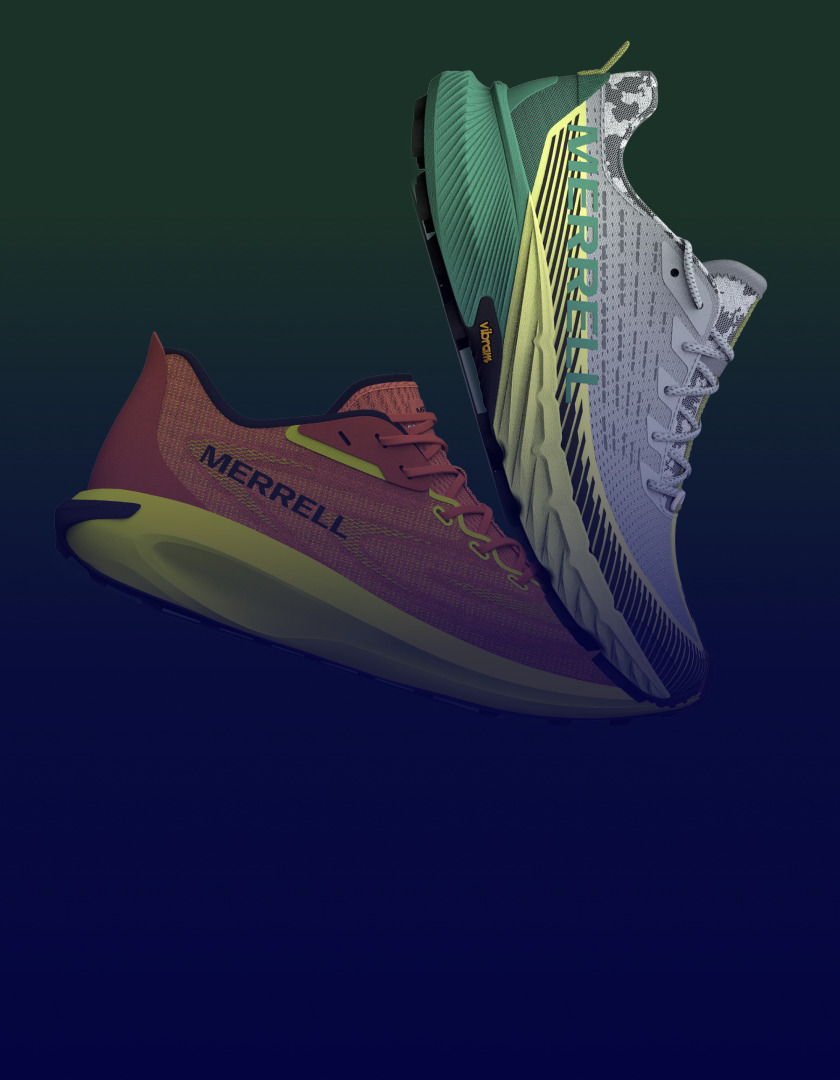5 Ways PLM Empowers Retail Transformation & Brand Longevity

A retail business can be like a cruise ship – large, cumbersome and expensive to run! Retail transformation is like trying to turn that ship around. It’s not easy. However, to get ahead of the competition and ensure brand longevity, retailers need to transform and move with the times.
Introducing unsuccessful new products, creating and sourcing products using spreadsheets and emails and letting quality standards drop can slow you down and send your retail business off course. Here are 5 ways Product Lifecycle Management (PLM) solutions can help you navigate a path to success.
1. Make new products a hit
Shockingly, almost 50% of new product introductions fail to meet sales targets. PLM increases the likelihood of product hits with centralized merchandise plans to gain visibility and establish targets earlier.
Because PLM makes it easier to track your progress against the in-season plan, you can pinpoint products that are failing to meet targets and optimize assortments faster. PLM gets rid of the guesswork in product introductions, allowing merchandise planning and product development teams to create ‘what-if’ scenarios that calculate how product costs affect margins and pricing before you commit to decisions.
Customizing products and packaging for different markets can be a logistical headache, but PLM can drive global channel growth and market expansion by making it easy to create localized product descriptions in multiple languages and pricing in different currencies.
2. Push private and white label products
Private label and white label products are usually more profitable than branded products, as it’s easier to control margins, and luckily for retailers, more consumers are putting both items in their shopping baskets.
With the birds-eye view PLM provides across branded and private label product mixes, you can identify the gaps where new private label items will thrive and strengthen your brand identity.
PLM streamlines private label development, whether you create products from scratch, co-create with suppliers, or source finished products. It reduces errors and eliminates tedious hours of data entry so you can get a wide selection of products to market, faster. Having a ‘single source of the truth’ makes it easy to connect designers and developers with merchandising teams and suppliers to share the most up-to-date product information and assortment plans.

3. Turn up the volume on sourcing
When you use many different suppliers, you can end up drowning in spreadsheets as you try to figure out the best deal. Alternatively, if you depend on a small number of suppliers for high volumes of goods, it’s important to make sure you maintain good communication to make sure you don’t end up with empty spaces on your shelves.
PLM can help with both of these scenarios, streamlining product sourcing and material buying by centralizing all product-related data to eliminate multiple spreadsheets and thousands of emails, vastly improving supplier communications.
High-volume sourcing and direct to factory sourcing is empowered by PLM solutions that can launch and evaluate supplier requests en masse while automatically consolidating RFQ responses and supplier notes in one centralized digital space.
4. Focus on quality
Keep desirable, high-quality products at the heart of what you do with a PLM solution that includes quality inspection features, protecting your brand reputation by ensuring product quality doesn’t slip with the accelerating pace and volume of new product introductions.
Some PLM solutions include mobile apps for quality assurance that make real-time inspection information available to everyone who needs to see it. Inspectors can work on or offline and automatically upload notes and images to PLM.
With calendar management in PLM, you can sync and assign action items to the entire inspection team. PLM also enables you to easily create powerful reports based on accurate up-to-date data that are instantly shareable across all departments.
5. Maintain a consistent brand image
It can be difficult to make sure that all of your stores have the same high standards when it comes to merchandising products and serving customers. Mobile apps for PLM that cover the in-store part of the product lifecycle make it easier to review stores and ensure in-store experiences align with your brand values and product presentation guidelines.
Using PLM mobile apps, operations teams can conduct on-site reviews at retail locations, saving time and improving the accuracy of data captured by recording notes, capturing photos and uploading reports from a mobile device. Reports and corrective action plans are immediately attached to stores in the PLM system to follow up later.
With the right digital tools, you can chart a course for successful retail transformation and reinforce your brand identity and values, making your retail business stand out in a sea of competitors.








